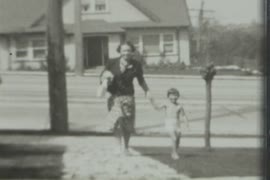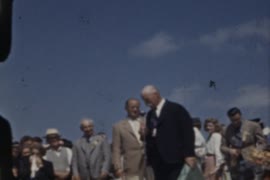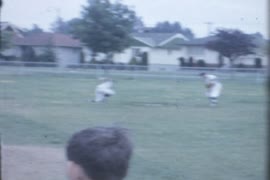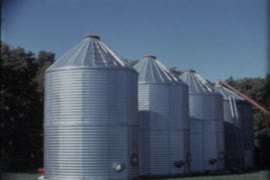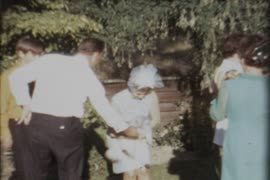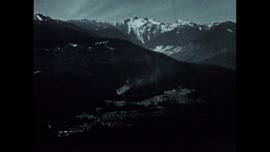- AM1068-S16-F01-: LEG181.1
- Item
- [1985?]
Item is a promotional film developed to help raise awareness and support for the development of the Dr. Sun Yat-Sen Garden, which had not yet been built. The narration throughout is illustrated with relevant still imagery, which is a combination of photography of Chinese gardens, classical Chinese artwork, and images related to the Dr. Sun Yat-Sen garden project, such as architectural plans and photos of the artisans. The narration discusses the history of the garden in China, beginning with the great gardens of the emperors, and distinguishing them from Japanese or English gardens. The history of the Suzhou scholar’s garden is explored, with an emphasis on the Garden of the Master of the Fishing Nets. It also discusses the planning and design of the Dr. Sun Yat-Sen garden, and the architects and artisans who will build it, with a focus on the various design features of a Chinese garden, including Taoist and landscape painting influences, and the various benefits and enjoyments a garden delivers. The film concludes with a call for membership and donations to the Dr. Sun Yat-Sen Garden society, and discusses the benefits of membership.

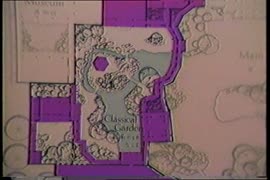
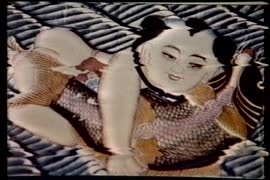
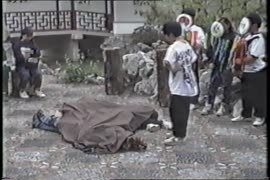

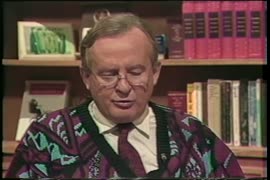
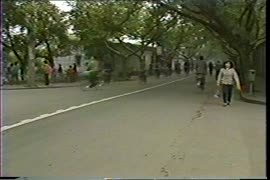








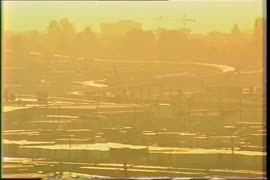

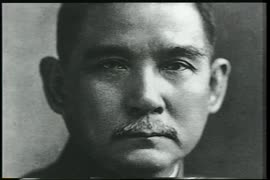

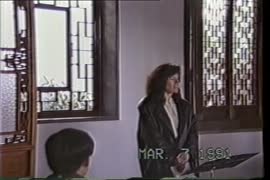

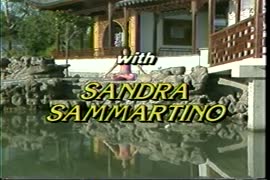
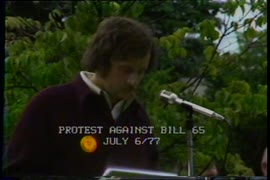
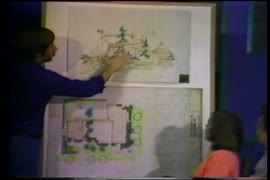
![Neighbourhood Improvement Program (part two [B]) schools and people](/uploads/r/null/9/0/c/90c5b4ba2c3dbe8efcd2eb98302db72e91b43bbb52eafd6a8e3b82aea195633f/e6020fdb-9f29-4bed-a890-6c74551555e2-LEG181_142.jpg)
![Neighbourhood Improvement Program (part two [A]) schools and people](/uploads/r/null/5/7/2/572449ba3f0d02db9456a451607b9058c6d6b13d8a074b9ab83c3a8257b6f53b/f732f209-5643-4d15-9e65-eb4569431ffa-LEG181_142.jpg)

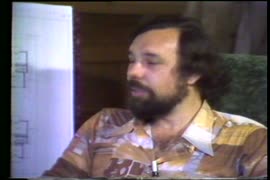
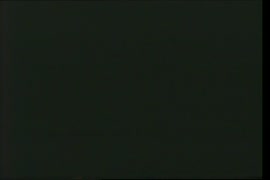







![Be-In at Kits [Kitsilano] Beach](/uploads/r/null/e/0/2/e02581acee80a617122f28024fdaf04bd3bbcba12b25722e9b7dde1a001fbc97/45bd99a8-93e1-499d-9a94-2f7c13aa6d79-MI-590_142.jpg)


